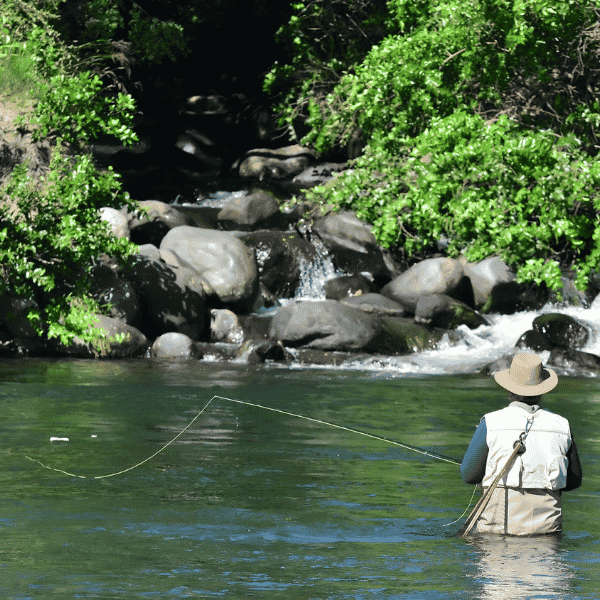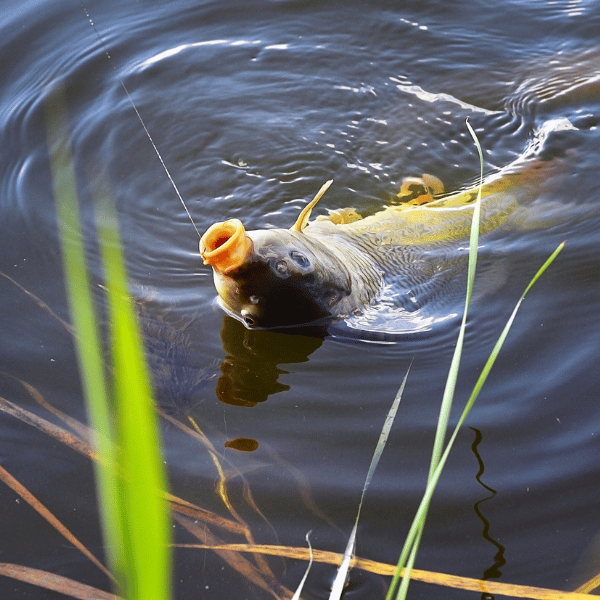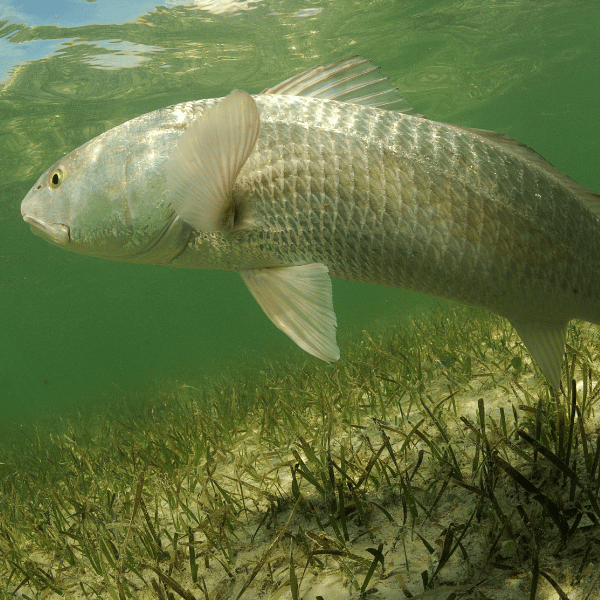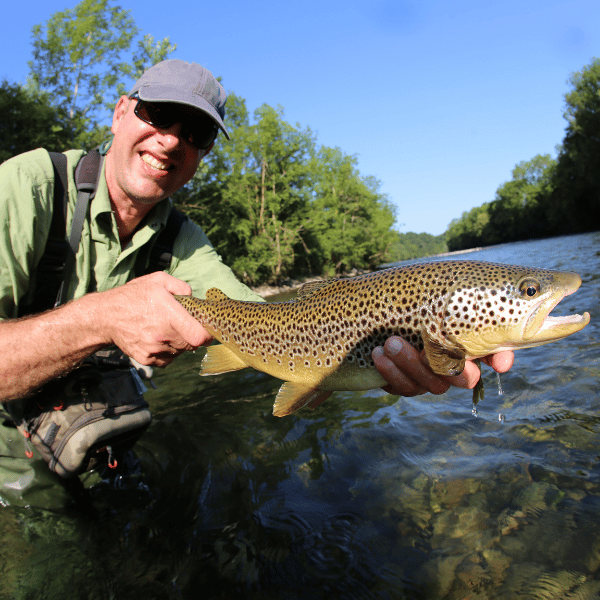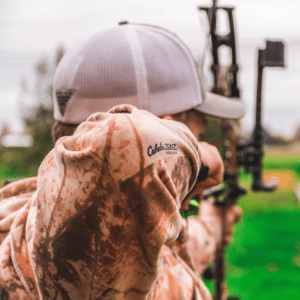
In looking to improve my shot and researching some basic tips, I came across bow stabilizers and wondered what does a bow stabilizer do?
Bow stabilizers work to balance your bow and make your shot more accurate by reducing the vibration caused when releasing your bowstring. Experienced bowhunters find a bow stabilizer necessary if you are using an ultra-lightweight bow, shooting at a target beyond 40 yards, or there is a heavy crosswind.
Although a bow stabilizer can help improve a shot in certain situations, I wanted to research a bit more to understand hunting bow stabilizers and how they work. Especially since they can be very expensive. In particular, I researched:
- What does a stabilizer do on a bow?
- How does a bow stabilizer work?
- What are the benefits of a bow stabilizer?
- How long should a hunting stabilizer be?
- Is a longer bow stabilizer better?
For the rest of this article, I am diving into what I found for each of these questions to share with you what I discovered.
Contents
What Does a Bow Stabilizer Do on a Bow?
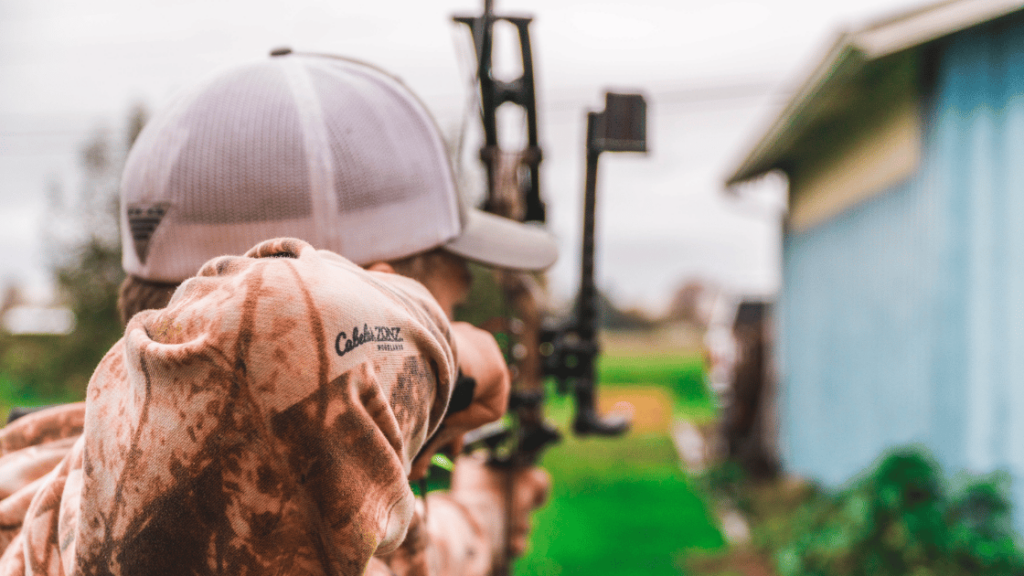
A hunting bow stabilizer works to increase the rotational inertia and resistance by adding weight and width to specific areas of your bow. This extra weight and width will help you move your bow slower and prevent any jerking from occurring during your shot.
Most good bow stabilizers also have a dampening system that works to reduce the residual vibrations after your shot.
The added weight, width, and dampening work together to improve your shot’s accuracy and consistency.
However, there are many lengths and weight options for bow stabilizers. There are also a few different mounting positions for bow stabilizers. All of which we go over in the next sections.
Benefits of a Bow Stabilizer
The main benefit of a bow stabilizer is to increase the stability of your aim and shot, especially on long-distance targets and during windier conditions.
When using hunting bow stabilizers, you should see a reduction in your sight in dancing around the target and an increase in the accuracy of your shot.
Here are the benefits often experienced when using hunting bow stabilizers:
- Faster settling sight pin
- Slower, stable movements when the bowstring is drawn
- Improved shot consistency
- Less recoil after taking a shot
- Reduced vibration in the bow after taking a shot
How a Bow Stabilizer Works
There are three different positions that stabilizers are mounted on a bow; front, back, and sidebar.
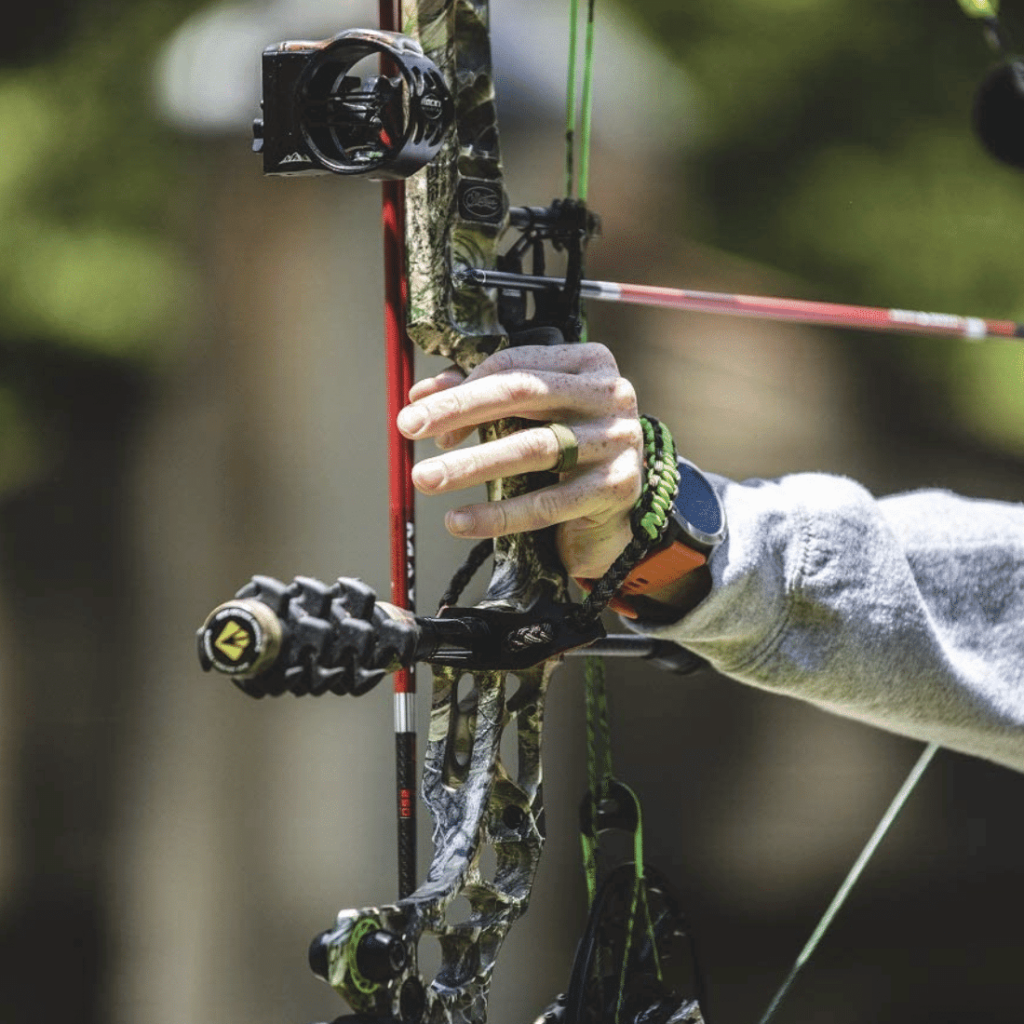
How Does a Front Bow Stabilizer Work?
The most common bow stabilizer position is on the front of a bow.
The bow stabilizer will point directly at your target when you are lining up your shot and place the inertia of the bow directly toward your target. This is really good as long as the stabilizer is not overweight for you.
If there is too much weight on the front of modern bows it could cause downward tipping. You will need to use more muscle to steady your aim and prevent from slipping down on your shot.
This extra required muscle could also slowly deteriorate good shooting mechanics on longer hunting adventures and reduce your ability to have a relaxed, slow aim due to muscle fatigue.
How Do Back & Sidebar Bow Stabilizers Work?
A back and sidebar bow stabilizer are usually used as a counterweight to a front bow stabilizer. A front and back/sidebar bow stabilizer combination can help you tap into a consistent, steady aimed shot.
When shooting with a tuned-in front and back/sidebar stabilizer setup, your bow will:
- Almost seem to stabilize all by itself.
- Lock-on better to your target while aiming.
It is important to note that a front and back/sidebar bow stabilizer together will cause your bow to be significantly bulkier than the bow by itself.
How Long Should a Hunting Stabilizer Be?
A bow stabilizer usually ranges from 6 to 12 inches. Generally, a bow stabilizer should be as long as needed to stabilize your bow.
The easiest way to figure out how long a bow stabilizer should be for your bow is by considering how much stabilization assistance you need. A general rule is the longer the bow stabilizer is, the more it will help stabilize your bow. This is why you see professional target shooters using stabilizers that are 2-3 feet long.
However, the length of a bow stabilizer is not only the factor. The design of a bow stabilizer matters almost more than the length.
The best stabilizers are the ones that place the bulk of the weight, the weight coupler, at the far end of the stabilizer away from the bow. This creates the most rotational resistance increasing the effectiveness of the bow stabilizer.
The only way to truly know what size bow stabilizer is the best for your bow is to test out the common different sizes.
The best way to test bow stabilizers is to borrow them from a friend, if possible, as they can be expensive to purchase. Some ranges also have bow stabilizers for you to rent or even test for free if they know you are looking to purchase one.
Is a Longer Bow Stabilizer Better?
A common question I came across when researching a bow stabilizer is a longer bow stabilizer better?
Yes, the longer a bow stabilizer is the better it will be for the accuracy and stabilization of your aim. However, longer bow stabilizers can be harder to manage in thicker brush wooded environments.
You should also make sure your bow stabilizer length is optimized for both your shot and the environment where you are hunting.
Best Bow Stabilizer Options
To see the best bow stabilizer options, check out our guide to the 10 Best Bow Stabilizers for Hunting Guide.
